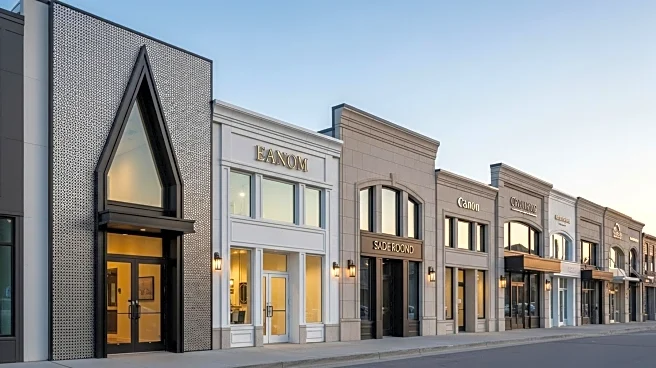What's Happening?
Retailers are reevaluating their strategies for operating in B malls, which are characterized by lower foot traffic and less competitive locations. Experts like Lee Peterson and Jeff Sward emphasize the importance of maintaining brand identity and customer service, even in less optimal settings. Successful retailers in B malls focus on engaging with mall management, sharing data, and adapting to the mall's evolving dynamics. The approach involves balancing flagship store strategies with the realities of B mall environments, including optimizing space and inventory to meet customer expectations while maintaining profitability.
Why It's Important?
The strategies employed by retailers in B malls have broader implications for the retail industry, particularly in how businesses adapt to changing consumer behaviors and economic conditions. As traditional malls face challenges from e-commerce and shifting consumer preferences, the ability to thrive in B malls can serve as a model for resilience and innovation. Retailers that successfully navigate these environments can maintain their market presence and potentially expand their customer base. This adaptability is crucial for sustaining economic growth and employment in the retail sector, especially in regions with limited shopping options.










